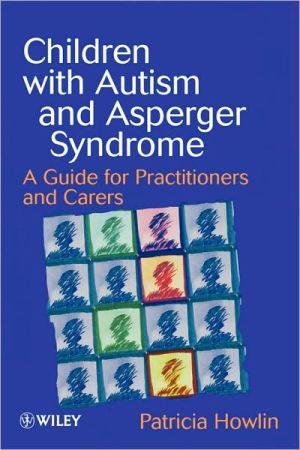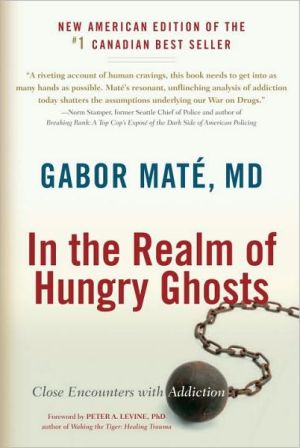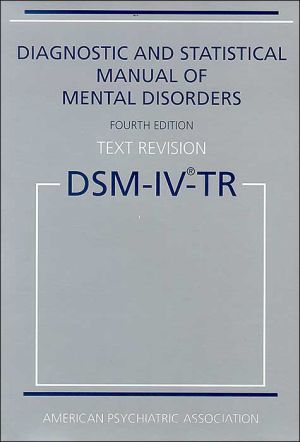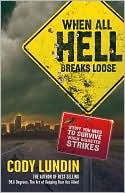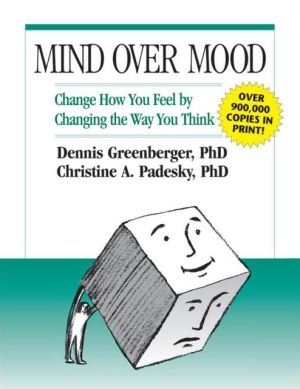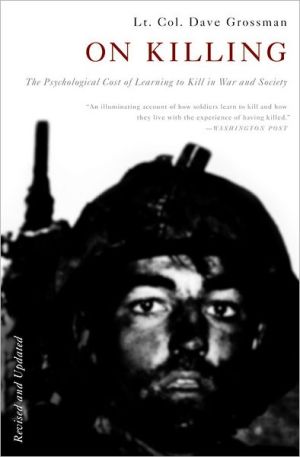Children With Autism & Asperger Syndrome
This practical guide to the treatment of children with autism and Asperger syndrome commences with a comprehensive review of research into the nature, causes and treatment of these complex conditions. A wide range of therapies are explored and evaluated and advice is given to parents about the issues to consider when seeking treatment for their children. Practical ways of approaching a variety of problems relating to autism and Asperger syndrome are discussed, notably those associated with\ *...
Search in google:
This practical guide to the treatment of children with autism and Asperger syndrome commences with a comprehensive review of research into the nature, causes and treatment of these complex conditions. A wide range of therapies are explored and evaluated and advice is given to parents about the issues to consider when seeking treatment for their children. Practical ways of approaching a variety of problems relating to autism and Asperger syndrome are discussed, notably those associated with * language impairments * social deficits * ritualistic and stereotyped behaviours Outcomes of the various treatments are outlined and a number of informative case studies are incorporated. The book concludes by tackling the crucial need for appropriate educational provision and early help for families. Children with Autism and Asperger Syndrome is an essential guide for practitioners, teachers and carers seeking a comprehensive, unbiased appraisal of these conditions and the numerous therapies available. Willam Graf In this complete review of and practical guide to childhood autism and Asperger syndrome, the author provides an contemporary version of the book Treatment of Autistic Children originally written in 1987 with Michael Rutter and colleagues. A broad range of established and recent perspectives on the spectrum of autistic disorders are summarized and critically evalutated in this book. The many approaches to management of persons with complex developmental disabilities evolve over time, but the fundamental challenges left to parents, teachers, therapists and medical practitioners remain at hand. The author relates her extensive experience, recommending a family oriented management plan rather than simply focusing therapy techniques on the child. This is a practical, reader-friendly guide for clinicians and caregivers who work with affected individuals and their families. This book may be of particular interest to professionals with limited knowledge of autism. The book is divided into ten parts that cover the historical evolution of diagnostic criteria and definitions, etiologic considerations, and the expanse of both established and unproved therapeutic approaches to communication, behavior, and social problems. The author not only deals with the ""hot topics"" of miracle claims and cures, but more importantly, provides valuable information relating to these treatments, about which active practitioners need to be fully informed. My only concern is that this book will need a periodic update as it is already missing some newer pertinent information about etiologic diagnosis (such as the association with a chromosome 15q11 - 13 duplication in some persons) andcontroversial treatments (secretin therapy). These omissions were unavoidable because of the timing of publication. The strength of the book lies in its honest and balanced viewpoint on the various unproved, controversial therapies as well as the sections on family oriented interventions for social difficulties, methods for dealing with behavioral problems, and finding appropriate education. This book is extremely well written and thoroughly researched. The text and language are presented in a clear, organized and simplified, but not oversimplified, fashion. This is a useful resource on the topic of autism and Asperger syndrome for any professional who provides care to children or disabled adults. I highly recommend this book.
About the AuthorPreface1The Range of Problems in Autism and Asperger Syndrome12Understanding the Causes of Autism293Identifying and Assessing Children with Autism or Asperger Syndrome524Treatments for Autism765Improving Communication Skills1056Problems of Social Understanding1457Coping with Stereotyped and Ritualistic Behaviours1778Approaches to Dealing with Other Behavioural Problems2079Finding Appropriate Education23810Family Issues264Appendix 1290References294Index322
\ From The CriticsReviewer: William D. Graf, MD(University of Washington/The ACCORD Foundation)\ Description: In this complete review of and practical guide to childhood autism and Asperger syndrome, the author provides an contemporary version of the book Treatment of Autistic Children originally written in 1987 with Michael Rutter and colleagues.\ Purpose: A broad range of established and recent perspectives on the spectrum of autistic disorders are summarized and critically evalutated in this book. The many approaches to management of persons with complex developmental disabilities evolve over time, but the fundamental challenges left to parents, teachers, therapists and medical practitioners remain at hand. The author relates her extensive experience, recommending a family oriented management plan rather than simply focusing therapy techniques on the child. \ Audience: This is a practical, reader-friendly guide for clinicians and caregivers who work with affected individuals and their families. This book may be of particular interest to professionals with limited knowledge of autism.\ Features: The book is divided into ten parts that cover the historical evolution of diagnostic criteria and definitions, etiologic considerations, and the expanse of both established and unproved therapeutic approaches to communication, behavior, and social problems. The author not only deals with the "hot topics" of miracle claims and cures, but more importantly, provides valuable information relating to these treatments, about which active practitioners need to be fully informed. My only concern is that this book will need a periodic update as it is already missing some newer pertinent information about etiologic diagnosis (such as the association with a chromosome 15q11 - 13 duplication in some persons) and controversial treatments (secretin therapy). These omissions were unavoidable because of the timing of publication. The strength of the book lies in its honest and balanced viewpoint on the various unproved, controversial therapies as well as the sections on family oriented interventions for social difficulties, methods for dealing with behavioral problems, and finding appropriate education.\ Assessment: This book is extremely well written and thoroughly researched. The text and language are presented in a clear, organized and simplified, but not oversimplified, fashion. This is a useful resource on the topic of autism and Asperger syndrome for any professional who provides care to children or disabled adults. I highly recommend this book.\ \ \ \ \ From the Publisher"Getting the balance right between being clear about the complex state of scientific understanding of a disorder and being able to translate what we do know into readable and scientifically sound advice for practitioners and parents is a difiicult challenge. Paricia Howlin's book meets the challenge head-on and succeeds admirably..." (Clinical Child Psychology and Psychiatry, Vol 5. No.1)\ \ \ \ Willam GrafIn this complete review of and practical guide to childhood autism and Asperger syndrome, the author provides an contemporary version of the book Treatment of Autistic Children originally written in 1987 with Michael Rutter and colleagues. A broad range of established and recent perspectives on the spectrum of autistic disorders are summarized and critically evalutated in this book. The many approaches to management of persons with complex developmental disabilities evolve over time, but the fundamental challenges left to parents, teachers, therapists and medical practitioners remain at hand. The author relates her extensive experience, recommending a family oriented management plan rather than simply focusing therapy techniques on the child. This is a practical, reader-friendly guide for clinicians and caregivers who work with affected individuals and their families. This book may be of particular interest to professionals with limited knowledge of autism. The book is divided into ten parts that cover the historical evolution of diagnostic criteria and definitions, etiologic considerations, and the expanse of both established and unproved therapeutic approaches to communication, behavior, and social problems. The author not only deals with the ""hot topics"" of miracle claims and cures, but more importantly, provides valuable information relating to these treatments, about which active practitioners need to be fully informed. My only concern is that this book will need a periodic update as it is already missing some newer pertinent information about etiologic diagnosis (such as the association with a chromosome 15q11 - 13 duplication in some persons) andcontroversial treatments (secretin therapy). These omissions were unavoidable because of the timing of publication. The strength of the book lies in its honest and balanced viewpoint on the various unproved, controversial therapies as well as the sections on family oriented interventions for social difficulties, methods for dealing with behavioral problems, and finding appropriate education. This book is extremely well written and thoroughly researched. The text and language are presented in a clear, organized and simplified, but not oversimplified, fashion. This is a useful resource on the topic of autism and Asperger syndrome for any professional who provides care to children or disabled adults. I highly recommend this book.\ \ \ \ \ 5 Stars! from Doody\ \
